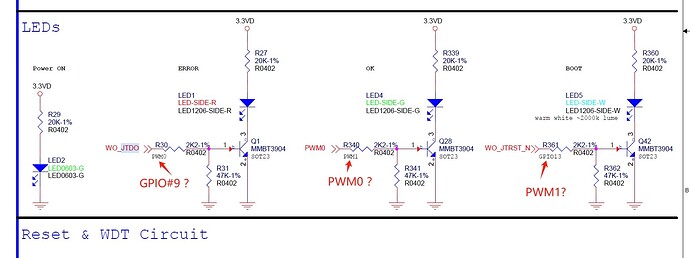strange in my testing mt7981 was easily able to pass 1gbps traffic and when using WED way above 1gbps.
did you maybe generate / trunk the traffic on the device itself ?
You were probably using 3 or more spatial streams instead of 2. But most of problem has to do with being outside the US, which seems to be the source of all kinds of headaches.
For example my legacy QCA9558 devices aren't even able to join my 802.11s mesh without authentication errors since 2022. Those get immediately resolved by setting the regdomain to US on them. Needless to say that the introduction of ath10k-ct caused all kinds of problems as well)
But newer hardware doesn't help, as FiLogic 820 11ax performance turned out underwhelming as well. HE160 meshing doesn't seem to work, because the iw utility is outdated and doesn't support AX. The regulated transmit power is more than halved in regdb (simply assuming no TPC), while Channel 144 up is only licensed for SRD. (The US region workaround of going 30 dBm on channel 149+ isn't available.)
The retail market offers devices with properly implemented DFS and TPC with a proprietary firmware knowing antenna gains and using the limits and functioning meshing. OpenWrt-friendly hardware isn't actually helping the case, it just means it performs worse right out of the box.
Yes, you could. But do some testing before you actually recommend any of those adapters: I tried three different M.2 ethernet adapters and from my testing, they will perform well in one direction, but not sending and receiving at the same time, even though they advertise and are configured for full duplex. It's not a limitation of the slot, since a 2.5GBE adapter delivered over 2GBit/s in one direction (but not much more than that in both directions simultaneously), but the 1GBE adapters top out at 1.2-1.3 GBit/s sending and receiving combined. It seems to me that they are designed in a way where they pass a simple iperf run but not tested for full duplex operation. But I don't want to get too much of topic here...
Thank you. Is that a rebus? links go to the code and its discussion. Can I have a direct link to the diagram? We're discussing an open source project, aren't we?
You are the savior of the project. With +4 1Gbit ports, this will be a very interesting device. Maybe I'll get in line. It is a pity that this is not immediately done in the board! ![]()
I'm very sorry, but I'll ask you again, can I have a direct link to the scheme? a schematic diagram?
You can find the v00 version here
My findings are somewhat similar. The raw power of the soc is so absymal, that hw offload and wed are basically mandatory. Make no mistake, the Filogic 820 is a fine routing soc. For $50 and less, low-end devices. ax3000t devices are under $40 with this soc.
There are some aspect i like very much about openwrt one, there are some showstoppers too unfortunately.
I did ask BananaPi, and they said that the OpenWrt One hardware is not yet in production, so when will it be avaiable,
Thanks!
we are in the final steps of preparing a mass production test run of 100 boards, hopefully starting next week. I plan to send a more complete update on the devel mailing list early next week. its not long now till they become available.
yes, that is correct. we use different pinmux,
PWM0 is used as gpio9
PWM1 is used as PWM0
gpio13 is used as PWM1
the white and green LED therefore use leds-pwm and the red uses legs-gpio driver.
here is the dts section
Hi, John,
the config file for OpenWrt one already available on github?
I am currently using one of these M.2 -> GBE adapters with an x86 box running openwrt. It uses r8169 driver/kernel module and works great. Would be a great use of the M.2 slot on this board.
Hello there.
I possibly could help out with designing a case.
As I'm not an actual user and new to the product, I'd have to be instructed in all the constraints to be considered …
- will the case be mass-produced or 3d-printed (or both)?
- what other things need to be considered?
- standard and alternative use cases
- (wall) mounting
- portability
- heat dissipation
- antenna positioning
- custom antennas
- case material
- power source
- etc.
As my personal domain is a bit more design than hacking, I'd have to be guided to find the best decisions, and solutions for it.
See the bottom of these pages for the current "stock" case design...
It is possible to share custom 3D design on example pcbway? I don’t have a 3D printer but would like a more WAP design with internal antennas.
thingsverse also count
Where can we get up to date info on release schedule?
